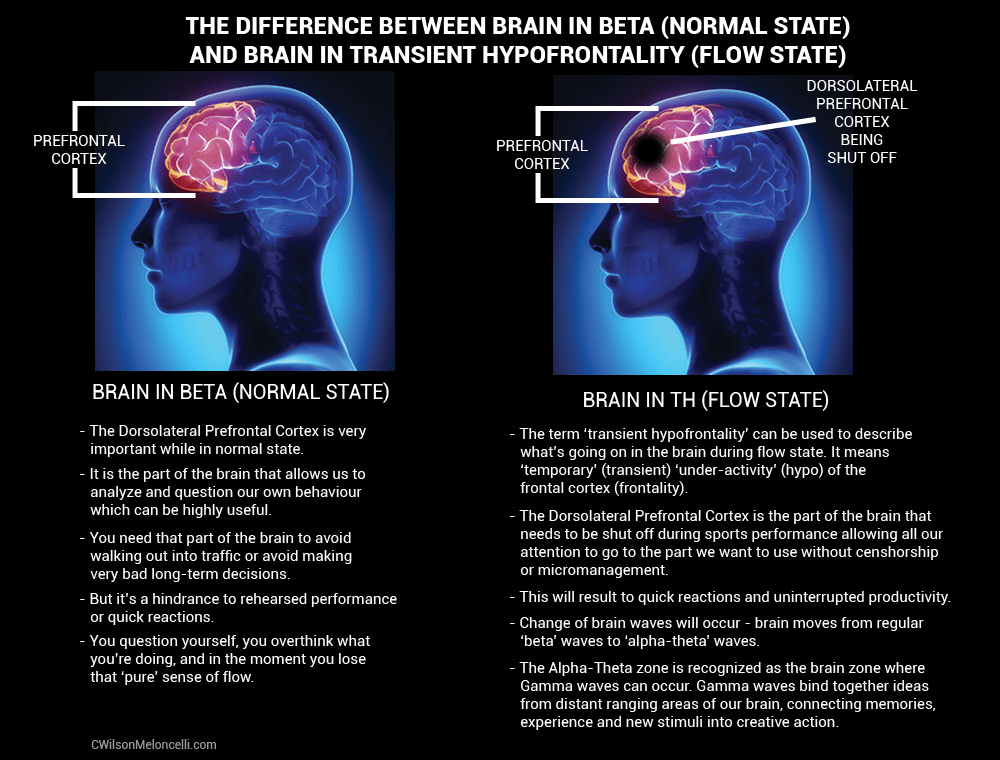One nice thing about the combinatorial perspective on innovation, is that if you know all the possible technological building blocks you can exhaustively enumerate all possible inventions, including ones that are never actually invented.
Today's thread delayed by travel. Hoping to meet some of you this weekend at the ASSA!








